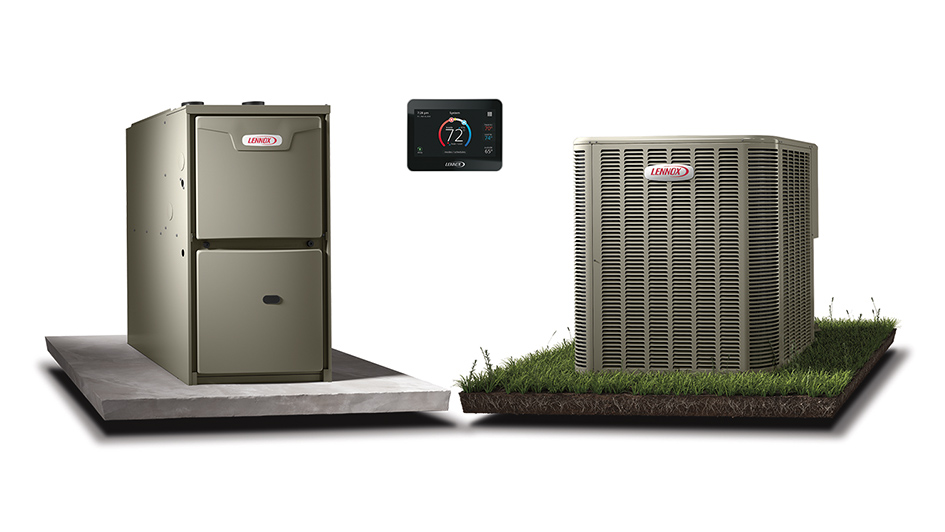
The concept of installing both a furnace and heat pump can sound a little strange at first. After all, why do you need two sources of heat? Although furnaces and heat pumps both deliver energy-efficient heat, the differences in their design genuinely make employing both of them a potential option. It’s not for all of us, but with the right conditions you can absolutely benefit from having a furnace and a heat pump.
You’ll need to weigh several factors in order to confirm if this sort of setup suits you. Your local climate and the square footage of your home are both highly important, namely for the heat pump. This is because numerous models of heat pumps will run less efficiently in winter weather and bigger homes. Even so, you can still take advantage of heat pump installation in New Castle.
Heat Pumps May Be Less Efficient in Cold Weather
Heat pumps are commonly less efficient in cooler weather due to how they provide climate control to begin with. Compared to furnaces, which ignite fuel to generate heat, a heat pump reverses its flow of refrigerant to extract heat from outdoor air. This heat is then brought inside and distributed around your home. Assuming there is still some heat energy in the air, a heat pump will function. But the cooler the temperature, the less efficient this process is.
The less heat energy is available outside, the more time is needed for a heat pump to pull heat indoors to generate your ideal temperature. It might depend on the exact make and model, but heat pumps may start to lose efficiency at temperatures of 40 degrees and colder. They should still be an energy-efficient option until 20-25 degrees, at which point a gas furnace is more effective.
What Temperatures Do Heat Pumps Perform Best In?
Heat pumps function best in moderate climates 40 degrees and up. That being said, you don’t have to lose out on the benefits of a heat pump just because the local climate is cooler. After all, that’s why installing both a furnace and heat pump can be worth the expense. You can keep the heat pump for energy-efficient heat until the weather is cold enough to call for shifting to something like a gas furnace.
A few makes and models feature greater effectiveness in cold weather. For example, the Lennox MLA heat pump is capable of operating at 100% capacity at 0°F. It can even remain efficient in temperatures as extreme as -22°F. For optimal energy efficiency, you’ll likely still want to switch to the furnace in severely cold weather.
So Should I Install a Heat Pump if I Own a Gas Furnace?
If you’re interested in maintaining the most energy-efficient HVAC system available, having a heat pump and gas furnace at the same time warrants the investment. Not only is a dual-heating system versatile, but it provides other perks like:
- Reliable backup heating – A redundant heating system means even if one fails, you still have the capability to heat your home. It may not be the most energy efficient, but it’s better than shivering in an unheated home while you hold out for repairs.
- Lower energy costs – The ability to choose which heating system you use depending on the highest energy efficiency lowers your total costs. Smaller heating bills over the life of these heating systems can really add up to a lot of savings.
- Less strain on both systems – Rather than running one system all winter long, heating duties are separated between the furnace and heat pump. Essential hardware could live longer given that they’re not under continuous use.
If you’re still hesitant about heat pump installation in New Castle, don’t hesitate to reach out to your local professional technicians. They can review your home’s comfort needs and help you decide if a dual-heating HVAC system is the best option.
